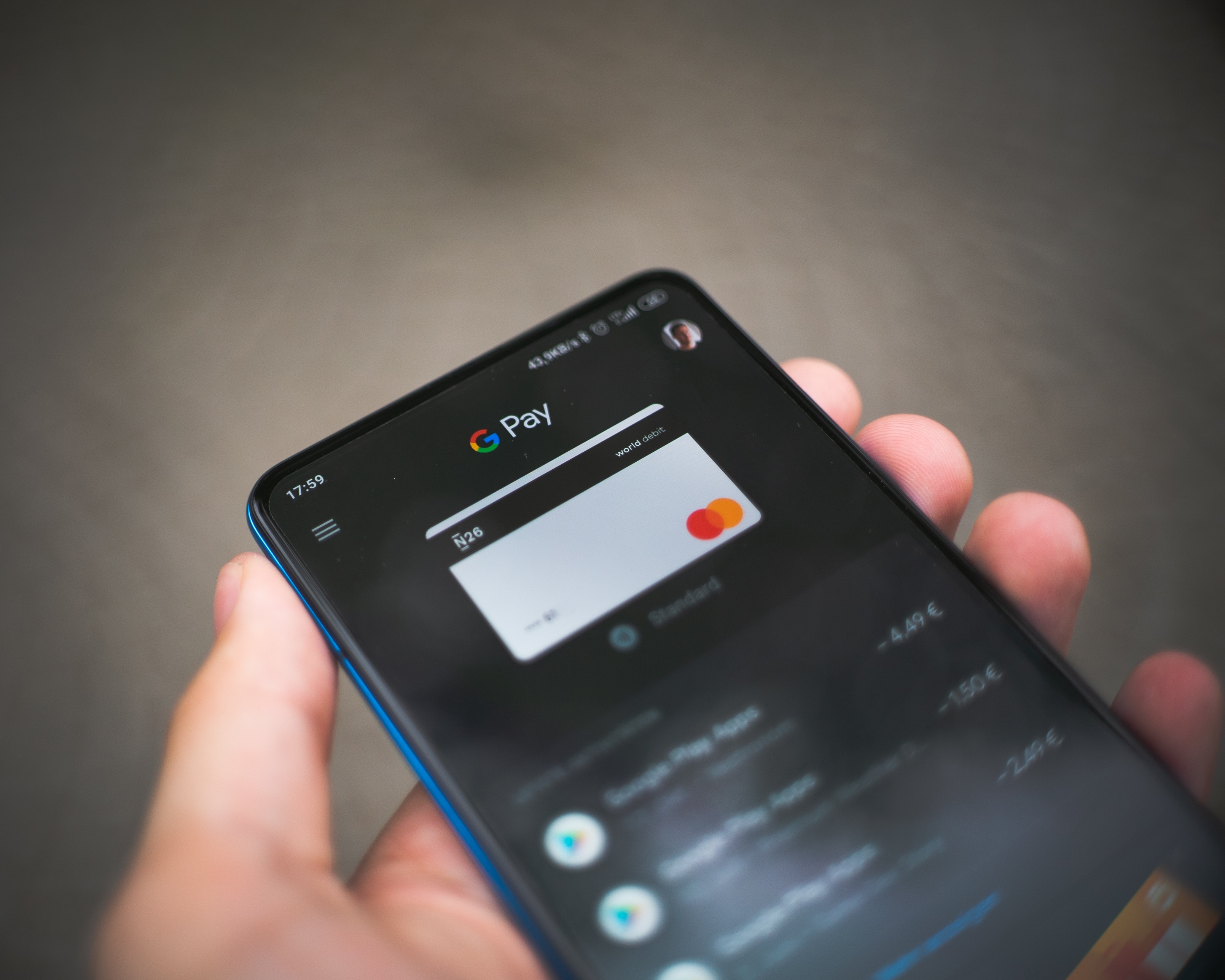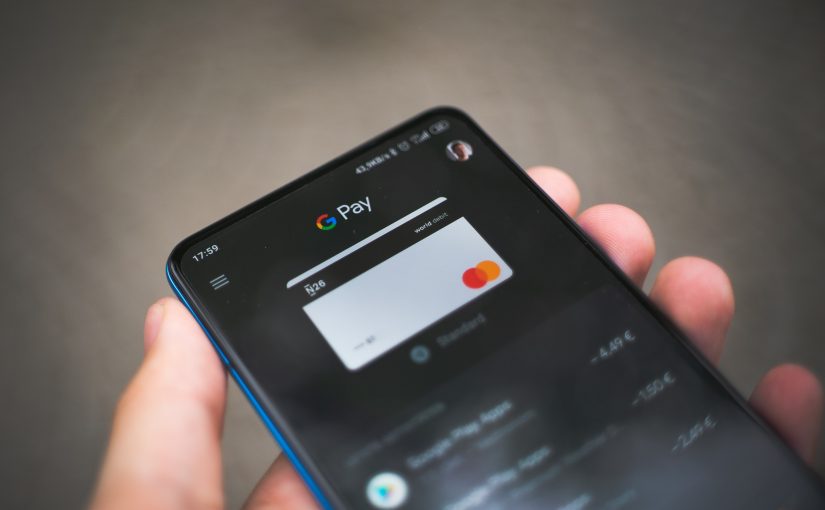Convenient Access with RFID Keyfobs
Welcome to the future of convenient access! If you’ve ever fumbled around for your keys or struggled with a bulky keychain, then RFID keyfobs are about to become your new best friend. These nifty little devices are revolutionizing the way we enter buildings, unlock doors, and even make purchases. Say goodbye to traditional keys and hello to seamless entry with just a tap! In this article, we’ll delve into what RFID keyfobs are, how they work their magic, and why they’re quickly becoming an essential tool in our fast-paced world. So get ready to embrace the power of convenience – let’s dive in!
What are RFID keyfobs?
What are RFID keyfobs, you ask? Well, they are compact devices that utilize radio frequency identification (RFID) technology to grant access to various secured areas. Think of them as your personal electronic passkey! These small fobs typically come in the form of keychains or cards and contain a tiny embedded chip.
The magic happens when this chip interacts with an RFID reader. When brought into close proximity, the reader emits a low-power radio signal that activates the chip within the keyfob. This prompts the chip to transmit its unique identifier back to the reader, which then verifies if access should be granted.
One of the main advantages of RFID keyfobs is their contactless functionality. Gone are the days of juggling keys or swiping magnetic cards – all it takes is a simple tap or wave near an RFID reader for seamless entry. Plus, these nifty little gadgets can be programmed to work across multiple systems and can even be customized with different levels of access privileges.
Not only do RFID keyfobs offer convenience and ease-of-use, but they also provide enhanced security measures over traditional keys and swipe cards. The encrypted data transmitted between fob and reader makes it extremely difficult for unauthorized individuals to duplicate or forge access credentials. This added layer of protection helps safeguard sensitive areas from potential breaches.
So whether you’re gaining entrance into your office building, accessing secure parking facilities, or even making cashless payments at events, having an RFID keyfob in your pocket ensures quick and hassle-free interactions throughout your day-to-day activities.
How do RFID keyfobs work?
RFID keyfobs may seem like small, unassuming devices, but they hold the power to provide convenient access in a variety of situations. But have you ever wondered how these tiny gadgets actually work? Let’s delve into the fascinating world of RFID technology and discover the inner workings of RFID keyfobs.
At its core, RFID stands for Radio Frequency Identification. The technology relies on electromagnetic fields to transmit data between an RFID reader and a tag embedded within the keyfob. This tag contains a microchip that stores information such as identification details or access permissions.
When an RFID keyfob comes within range of an RFID reader, it activates and sends its unique identifier back to the reader using radio waves. The reader then decodes this identifier and determines whether or not access should be granted based on pre-programmed instructions.
One advantage of RFID keyfobs is their contactless nature. Unlike traditional keys or cards that require physical contact with a reader, all you need to do is bring your keyfob close enough for it to be detected by the reader – usually just a few inches away.
This makes them incredibly convenient for accessing buildings, parking lots, or even vehicles without fumbling around RFID Keyfob for keys or swiping cards through readers. Additionally, since there are no physical components subject to wear and tear like magnetic stripes or mechanical locks, RFIDs are generally more durable and reliable.
To use an RFID keyfob effectively, simply present it within proximity of the designated reader until verification is complete. Some systems may require additional actions such as pressing buttons or entering PIN codes for added security measures.
Choosing the right RFID keyfob depends on several factors including compatibility with existing systems, durability requirements (if used outdoors), and desired functionality such as multi-application capabilities or custom branding options.
In conclusion,
RFID technology has revolutionized access control systems by providing secure yet seamless entry methods through compact devices like keyfobs. Understanding how RFID keyfobs work can help us appreciate the convenience and efficiency they offer
The benefits of using RFID keyfobs
Convenience is a key factor in our fast-paced world, and RFID keyfobs offer just that. These small yet powerful devices have gained popularity for their numerous benefits.
One major advantage of using RFID keyfobs is the ease of access they provide. Instead of fumbling with traditional keys or remembering complex passwords, simply swipe or tap your keyfob to gain entry. Whether it’s unlocking doors, starting vehicles, or accessing secure areas, these handy gadgets make life simpler.
Security is another top benefit of RFID keyfobs. With advanced encryption technology, they are much more difficult to duplicate compared to traditional keys. This provides an added layer of protection against unauthorized access and ensures peace of mind.
RFID keyfobs also offer versatility when it comes to integration with other systems. They can be easily programmed and customized to work with various applications such as time attendance systems, cashless payment solutions, and even smart home automation.
Moreover, these compact devices are highly durable and long-lasting. Made from sturdy materials like plastic or metal, they can withstand daily wear and tear without compromising functionality.
In addition to their practicality and mifare desfire ev2 durability aspects, RFID keyfobs are also cost-effective in the long run. Unlike traditional keys that may need frequent replacements due to loss or damage, one well-made RFID keyfob can serve you for years without any issues.
With all these advantages at hand – convenience in accessing spaces quickly and securely while enjoying flexibility across different systems – it’s no wonder why RFID keyfobs have become increasingly popular among individuals seeking streamlined living experiences
How to use RFID keyfobs

Using RFID keyfobs is a simple and convenient way to access various spaces and systems. Once you have your RFID keyfob, here’s how you can use it:
1. Registration: The first step is to register your RFID keyfob with the appropriate system or organization. This typically involves providing your personal information and linking it to the unique identifier on the keyfob.
2. Activation: Once registered, your RFID keyfob needs to be activated by the system administrator or authorized personnel. This ensures that only authorized individuals can use the keyfob for access.
3. Approach Reader: To use the RFID keyfob, simply approach a compatible reader device within range. The reader will send out a signal that activates the embedded chip in the keyfob.
4. Authentication: Upon activation, the reader communicates with a central database or control unit to authenticate your credentials associated with the keyfob. If approved, access is granted.
5. Access Granted: Once authenticated, you will receive confirmation either through visual indicators on the reader or an audible beep sound. You can then proceed to enter or gain access as permitted by the system.
Remember to keep your RFID keyfobs secure and report any loss immediately for deactivation purposes!
Tips for choosing the right RFID keyfob
Tips for choosing the right RFID keyfob
When it comes to selecting the perfect RFID keyfob, there are a few factors to consider. First and foremost, you’ll want to think about your specific needs and use case. Are you looking for a keyfob that is durable and waterproof? Or perhaps one that offers advanced security features? Understanding your requirements will help narrow down your options.
Another important consideration is compatibility. Make sure the RFID keyfob you choose is compatible with your access control system or reader. It’s also worth checking if the keyfob supports different frequencies, such as 125 kHz or 13.56 MHz, depending on your system requirements.
Durability is crucial, especially if you plan on using your RFID keyfob in rough environments or outdoor settings. Look for fobs made from high-quality materials like ABS plastic or epoxy resin that can withstand daily wear and tear.
Security should be a top priority when selecting an RFID keyfob. Opt for models that offer encryption capabilities and have secure protocols in place to prevent unauthorized cloning or hacking attempts.
Additionally, take into account the aesthetic appeal of the keyfob. While functionality is essential, choosing a design that matches your brand or personal preference can add a touch of style to everyday access control operations.
Don’t forget to consider pricing options and warranty coverage when comparing different RFID keyfobs. Finding a balance between cost-effectiveness and quality will ensure long-term satisfaction with your purchase.
By keeping these tips in mind during the selection process, you’ll be well-equipped to choose an RFID keyfob that meets all of your requirements while providing convenient access wherever it’s needed most!
Conclusion
Conclusion
In today’s fast-paced world, convenience is key. And when it comes to accessing our homes, offices, or any other secure area, RFID keyfobs provide a seamless and hassle-free solution. These small devices have revolutionized the way we interact with security systems by offering a quick and convenient means of entry.
RFID keyfobs utilize radio frequency identification technology to communicate with compatible readers. This technology allows for easy authentication and access control without the need for physical keys or cards. By simply waving your RFID keyfob near the reader, you can gain access within seconds.
The benefits of using RFID keyfobs are numerous. They eliminate the need for carrying around bulky sets of keys or remembering complex codes. With an RFID keyfob in hand, you can effortlessly enter your home or workplace without fumbling through pockets or bags.
Additionally, RFID keyfobs offer enhanced security features compared to traditional locks and keys. They can be programmed to allow only authorized individuals access to specific areas at certain times, reducing the risk of unauthorized entry and increasing overall safety.
Using an RFID keyfob is straightforward. Once you have obtained one that is compatible with your system, simply register it with the corresponding reader device by following the manufacturer’s instructions. After registration, all you need to do is present your fob near the reader whenever you want to gain entry.
When choosing an RFID keyfob, there are several factors worth considering. First and foremost is compatibility – ensure that the fob works seamlessly with your existing security system or reader device. Additionally, look for durability and waterproofing if you plan on using it in outdoor environments or exposed areas.
To wrap up our discussion on convenient access with RFID keyfobs: these pocket-sized devices offer quick and effortless entry into secure areas while providing enhanced security features compared to traditional lock-and-key systems.
So why not streamline your daily routine? Say goodbye to fumbling for keys or remembering complex codes – with an RFID keyfob,
